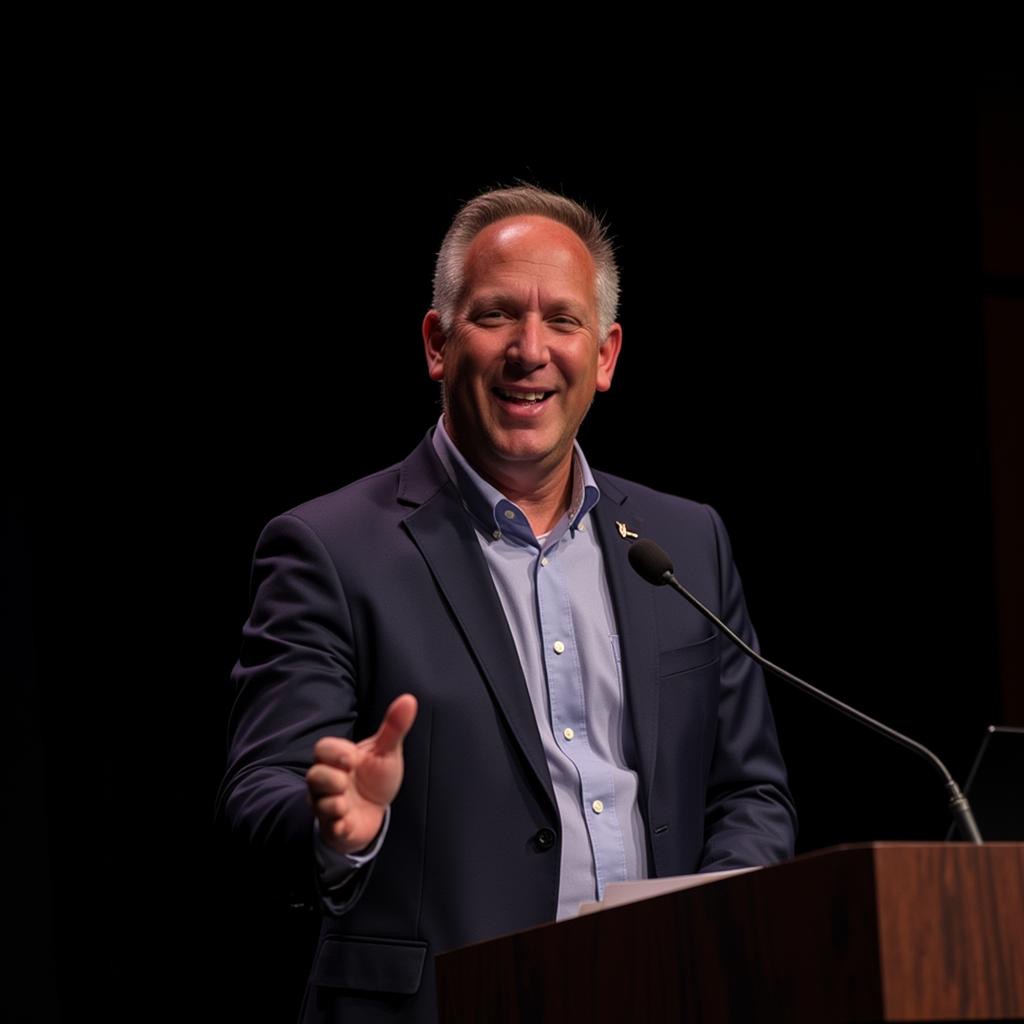Introduction to ChatGPT and its Evolution
Evolution of ChatGPT
ChatGPT, a sophisticated language model, has undergone significant evolution since its inception. It was initially introduced as a model capable of generating coherent responses in conversations, based on the context provided. Over time, continuous training and enhancements have transformed ChatGPT into a versatile tool with broader capabilities beyond basic chat interactions.
Enhancements and Features
With each iteration, ChatGPT has incorporated new features and improvements, making it more adept at understanding nuances in language and context. These enhancements have enabled ChatGPT to engage in more complex dialogues, offer personalized responses, and cater to a wider range of applications and industries.
Unveiling the Potential
As the potential of ChatGPT continues to unfold, researchers and developers are exploring innovative ways to leverage its capabilities. Beyond chat interactions, ChatGPT is being utilized for content creation, customer service automation, and even creative storytelling. The future holds endless possibilities as ChatGPT evolves further and becomes an integral part of various domains.
Exploring ChatGPT’s Applications in Various Sectors
Education Sector
ChatGPT has the potential to revolutionize the education sector by providing personalized learning experiences to students. Through interactive chat interfaces, teachers can create more engaging lessons and offer real-time assistance to students. Additionally, ChatGPT can be utilized as a virtual tutor, helping students with homework, test preparation, and conceptual understanding. This AI technology can cater to different learning styles and adapt to individual student needs, making education more accessible and effective.
Customer Service and Support
Businesses can leverage ChatGPT to enhance their customer service and support systems. By integrating ChatGPT into their websites or messaging platforms, companies can provide instant responses to customer inquiries and offer round-the-clock assistance. The AI-powered chatbot can handle common customer queries, provide product recommendations, and even escalate complex issues to human agents when necessary. This improves customer satisfaction, reduces response times, and streamlines the support process.
Healthcare Applications
In the healthcare sector, ChatGPT can be utilized to improve patient engagement and support remote healthcare services. With its ability to simulate natural conversations, ChatGPT can interact with patients, collect medical history, provide basic health information, and offer guidance on wellness practices. Healthcare providers can integrate ChatGPT into telemedicine platforms to assist with scheduling appointments, monitoring patients’ progress, and delivering personalized health recommendations. This application not only enhances the patient experience but also streamlines healthcare operations.
Understanding the Technology behind ChatGPT
How ChatGPT Works
ChatGPT operates on the foundation of the OpenAI GPT (Generative Pre-trained Transformer) model. This model is based on a deep neural network architecture that can be pre-trained on massive amounts of text data. Through the training process, the model learns to generate human-like text responses based on the input it receives.
Neural Network Architecture
The neural network architecture of ChatGPT consists of multiple layers of transformers. These transformers process the input text by attending to different parts of the text to understand context and generate appropriate responses. The architecture enables ChatGPT to learn complex patterns and relationships within the data, allowing it to produce coherent and contextually relevant responses.
Fine-Tuning and Adaptation
In addition to its pre-training, ChatGPT can be fine-tuned on specific datasets to improve its performance on certain tasks or domains. This fine-tuning process involves updating the model’s parameters using a smaller, task-specific dataset, enabling ChatGPT to adapt to different conversational contexts or specialized knowledge domains. Fine-tuning enhances the model’s ability to provide more accurate and personalized responses.
Potential Challenges and Limitations of ChatGPT
Potential Hurdles in Maximizing ChatGPT Capabilities
Despite the promising capabilities of ChatGPT, there are several challenges and limitations that may hinder its full potential. One such challenge is the issue of bias within the language model’s training data. Biases present in the data used to train ChatGPT can result in the generation of biased or inappropriate responses, posing ethical concerns.
Scalability and Performance Considerations
Another limitation to consider is the scalability and performance of ChatGPT when handling large volumes of user inputs and responses. As the complexity of conversations increases, there may be challenges in maintaining response accuracy and coherence, especially in real-time or high-traffic scenarios.
Privacy and Security Concerns
Moreover, ensuring the privacy and security of user data in interactions with ChatGPT is crucial. Given the nature of conversational data being shared with the model, there is a need to implement robust privacy measures to protect sensitive information and prevent unauthorized access.
Future Prospects and Innovations in ChatGPT Development
Enhancements in ChatGPT Capabilities
One of the key areas of focus for the future development of ChatGPT is enhancing its capabilities to engage in more natural and contextually relevant conversations. This involves improving the model’s ability to understand nuances, tone, and context within a conversation, allowing for more seamless interactions with users.
Integration of Multi-Modal Capabilities
Another exciting direction for ChatGPT development is the integration of multi-modal capabilities. This involves incorporating not only text but also other modalities such as images, videos, and audio into the chat experience. By leveraging these additional modalities, ChatGPT can provide a more immersive and interactive conversational experience.
Exploration of Personalization and User Empowerment
Future innovations in ChatGPT may also focus on exploring ways to personalize interactions and empower users to have more control over their conversations. This could involve incorporating personalization features that tailor responses based on user preferences or enabling users to fine-tune the conversational style of ChatGPT to better suit their individual needs and preferences.







